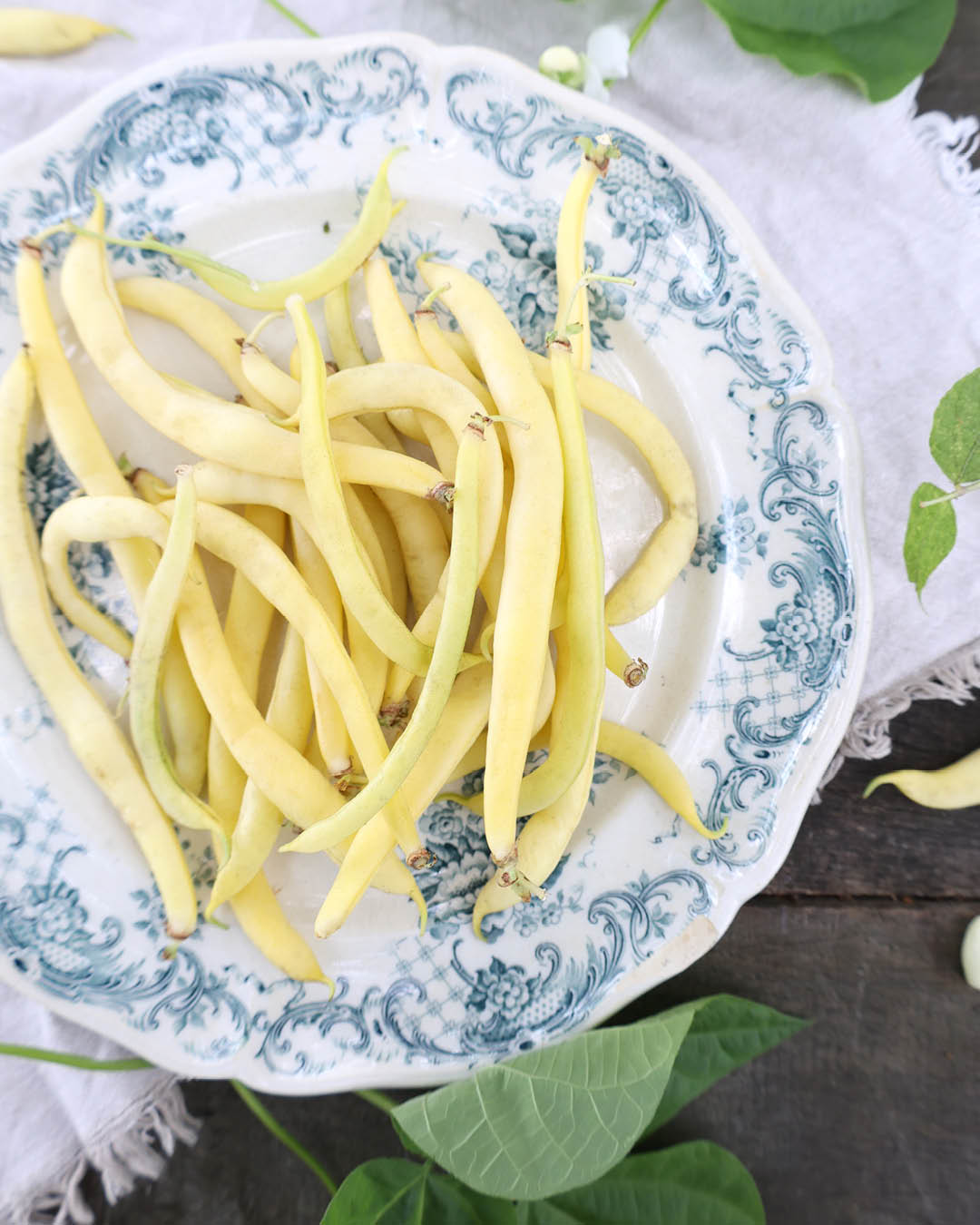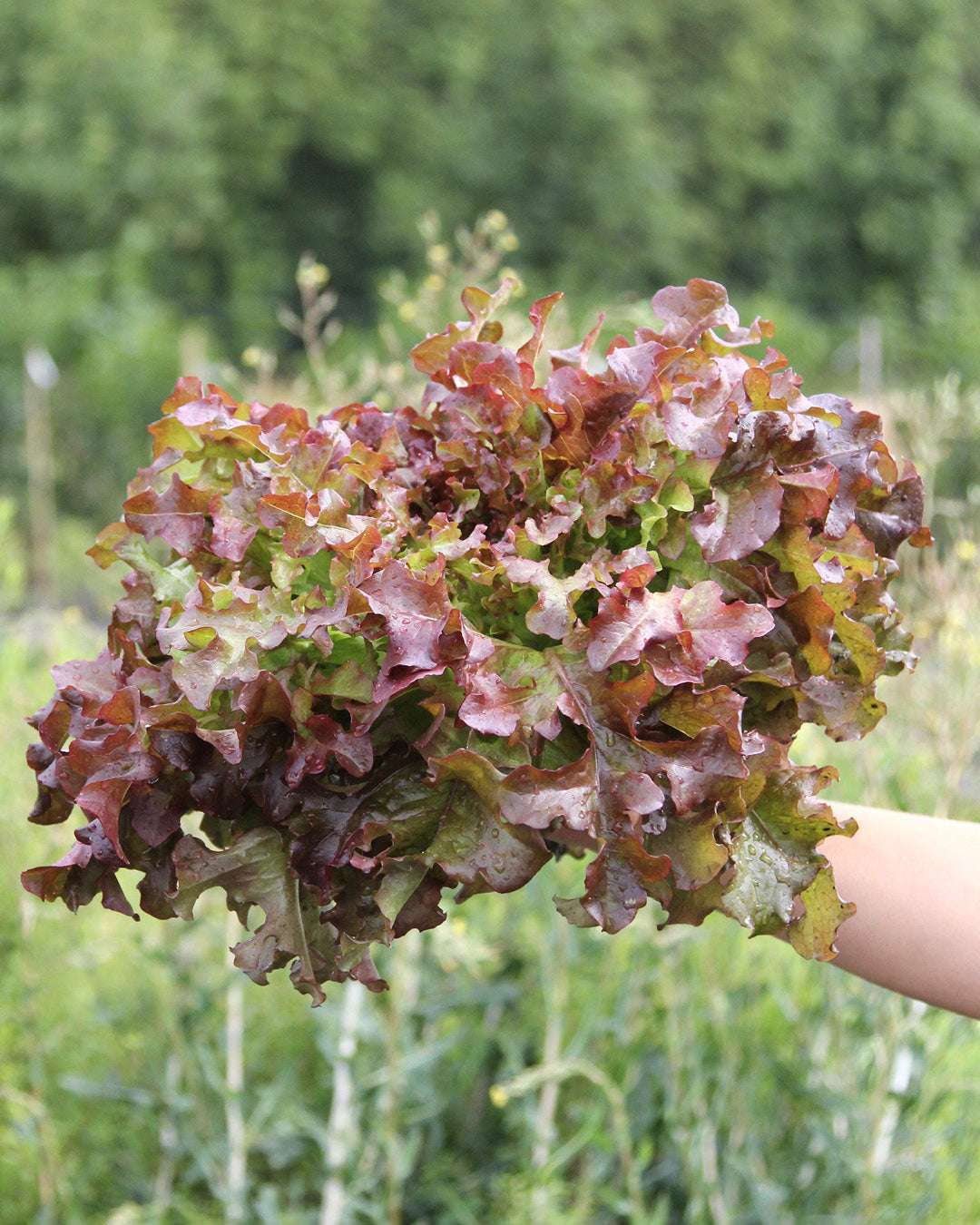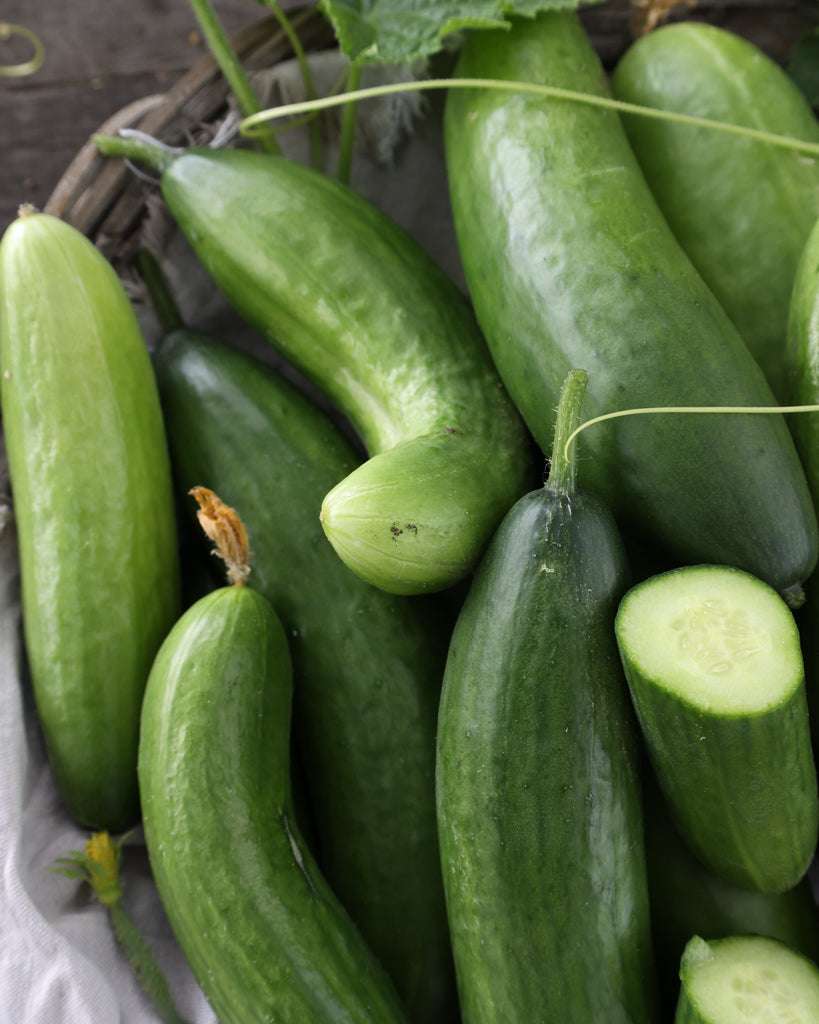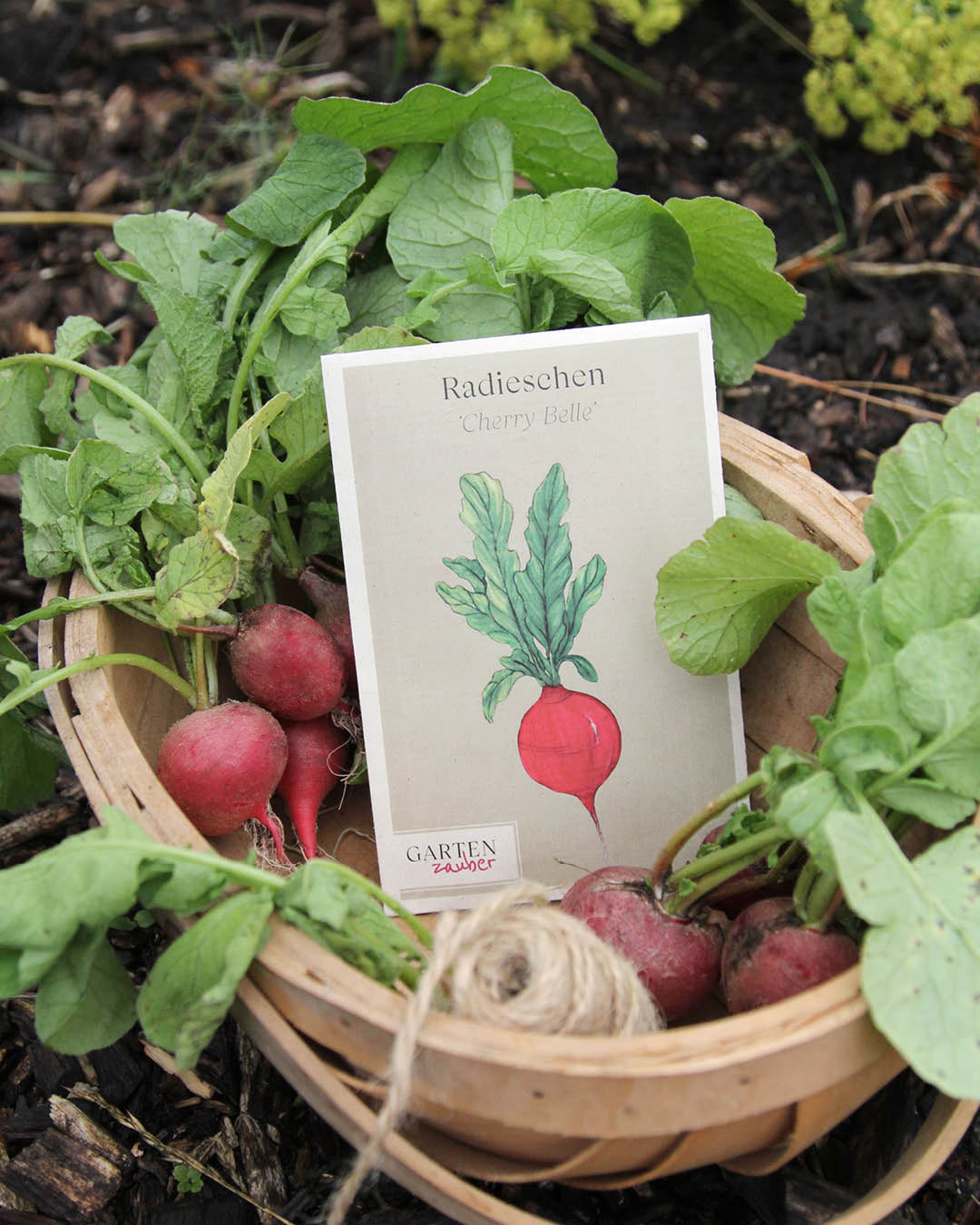Planting, caring for and harvesting broccoli – how to grow it in your own garden
Broccoli is not only a true superfood, but also surprisingly easy to grow in your own garden. This green cabbage variety is closely related to cauliflower, but boasts a more delicate flavor and numerous health-promoting nutrients such as vitamin C, potassium, and antioxidants. Anyone who grows their own broccoli will quickly notice: freshly harvested, it tastes even more tender and aromatic than the supermarket variety. In this article, you'll learn everything you need to know about growing broccoli—from sowing to harvesting and care.
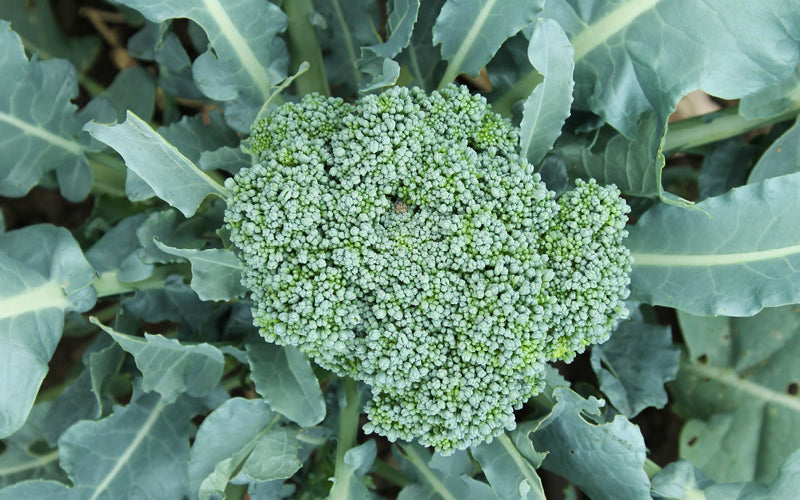
Planting time – When is the right time?
For summer broccoli, sowing ideally begins between January and early March, while winter broccoli is sown between April and June. If grown indoors, the seedlings should be transplanted into the garden after about five weeks. It's important to harden off the young plants well in advance before placing them outdoors.
Growing broccoli – How does it work?
Indoor pre-cultivation has proven particularly effective. For this, seed-sowing soil is filled into small pots, lightly pressed down, and watered. Then, a hole about one centimeter deep is drilled, into which two seeds are placed. After planting, the seeds are gently watered. Once the plants are about 15 centimeters tall, the young plants should be hardened off and then planted in the bed, 40 centimeters apart, in rows 30 centimeters apart.
Direct sowing in the bed is also possible. Seed furrows are created 30 centimeters apart. Three seeds are planted 40 centimeters apart, each 2 centimeters deep. In both cases, consistent watering and soil mulching are helpful to promote growth and retain moisture.
Location – Where does broccoli grow best?
Broccoli prefers sunny, warm locations with a humid, temperate climate. The soil should be nutrient-rich, loose, and well-drained. Since broccoli is a heavy feeder, a good basic fertilization is essential—ideally with compost or a slow-release organic fertilizer.
Care – What should be considered?
As soon as the flower heads develop, some soil should be mounded around the base of the plant to increase stability. A nitrogen-rich top dressing at this time supports head development and the formation of side shoots. To protect the plants from birds or infestation by cabbage white butterflies, a frame covered with fine-mesh netting is recommended. The mesh size should be no larger than one centimeter. Broccoli should be watered regularly and mulched as needed.
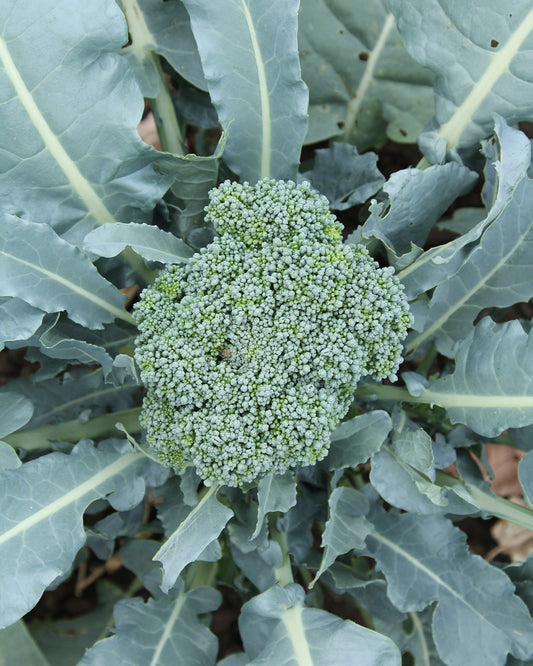
Broccoli 'Rasmus' - Brassica oleracea var. italica
The 'Rasmus' broccoli is a medium-sized variety with fine-grained, large flowers and gray-green leaves. It has a strong, non-woody stem without cavities. Its flavor is delicate and mild. Harvest time is reached when the individual, small, dark-green buds are clearly visible but still closed. After harvesting, many tender side shoots develop, which can be harvested for a long time.
Our high-quality organic vegetable seeds are grown according to the strictest organic standards for a sustainable and healthy harvest.
Details:
Sowing indoors/greenhouse: February - April
Sowing outdoors: April to June
Germination time: 8-10 days at 15-20°C
Sowing depth: 1 cm, dark germinator
Height: 50-60 cm
Planting distance: 50 x 50 cm
Harvest time: from the beginning of August to mid-October
Soil: Deep, moist, humus-rich soils
Fertilization: Organic fertilizer or compost
Location: Sunny
Water consumption: High
Growing tips:
Broccoli prefers nutrient-rich, moist, humus-rich soil. Before planting, it's beneficial to work mature compost into the soil (preferably in the fall). To prevent clubroot, you can also mix in algae lime.
After planting, the broccoli should be watered thoroughly. Two to three weeks after planting, and during flowering, it should be reapplied with organic fertilizer. Broccoli also thrives in large containers. Plant protection netting helps protect against flying pests.
Mixed culture:
Good neighbors: celery, beans, dill, beetroot, endive, chard, leek, radish, radishes
Bad neighbors: beans, pumpkin, tomatoes, chili, strawberries
Use:
Enjoy the broccoli and its tender 10-15 cm long stalk raw in a vitamin-rich smoothie or salad. Of course, it also tastes great cooked (just briefly!) as a side dish or gratinated in a casserole. It retains its vibrant green color if blanched briefly in ice water after cooking. It shouldn't be stored for too long, as the vitamins degrade quickly.
Bag contents:
Contents: approx. 30 grains
Store in a cool, dry place.
Harvest – When is broccoli ripe?
The time from sowing to harvest is approximately 90 days. The optimal harvest time depends on the ripeness of the inflorescences. Harvesting is best done in the morning with a sharp knife, while the main stem is still firm, closed, and crisp. The plant should have reached a head size of about 15 centimeters. As soon as the inflorescences loosen or turn yellow, the harvest time is over. This process can happen quickly, especially on warm days—so regular checks are recommended.
After harvesting, broccoli only stays fresh in the refrigerator for a few days. To preserve valuable vitamins, it should be processed quickly or cut into small florets and frozen.
Mixed culture – Which neighbors go well with broccoli?
Good neighbors for broccoli in the garden include beans, peas, potatoes, carrots, chard, dill, onions, garlic, chamomile, thyme, rosemary, and sage. Tomatoes are less suitable – they inhibit the growth of the cabbage plant. Crop rotation should also be observed: broccoli should not be planted directly after other types of cabbage.
Botany – What kind of plant is broccoli?
Broccoli belongs to the cruciferous family and is closely related to cauliflower. It is usually cultivated as an annual, but there are also biennial varieties. The plants differ primarily in the color of their flower heads – from classic green to purple.
Two main types are common: Calabrese broccoli forms a large main head with few side shoots. Sprouting broccoli, on the other hand, grows with several small flower heads that develop one after the other and can be harvested. This type is especially popular in England.
Broccoli contains numerous important minerals such as potassium, calcium, iron, zinc, sodium, and phosphorus, as well as vitamins B1, B2, B6, E, C (ascorbic acid), and beta-carotene. The secondary plant substance sulforaphane, which is also contained in broccoli, is considered anti-cancer and is currently being intensively researched.
Cultural history – Where does broccoli come from?
Like cauliflower, broccoli originally descended from wild cabbage, which is native to Asia Minor. It probably arrived in Italy via southern Greece, where it established itself as a vegetable during the early modern period. Particularly through the influence of Catherine de Medici, broccoli later spread to France, England, and America.
In Germany, broccoli initially remained relatively unpopular – the milder cauliflower was more popular for a long time. It wasn't until the 1970s, thanks to increased imports from Italy and Spain, that broccoli began to enjoy growing popularity here as well. Today, it is established worldwide and is valued both in commercial cultivation and in private gardens – not only for its delicate flavor, but also for its valuable nutrients.

